An artistic project tracing the Green Line and Varosha will be presented as an exhibition this April at NeMe Arts Centre in Limassol. The exhibition presents both documented and fictional material of the Cyprus buffer zone, Varosha and British military bases, as well as areas of bi-communal activity and farming. “These spaces can appear extremely defined and frozen,” say organisers, “in part through military and surveillance architecture, as well as the work of the United Nations within the Cyprus buffer zone. Many areas are blurred and mutable, straddling areas of leisure, nature reserves, tourist areas, farming and decommissioned zones.
“These areas appear,” they add, “strange, uncanny, seemingly in stasis. They can be fascinating, intriguing and hold aesthetic qualities that are at odds with the control, violent history or their historical and contemporary militarisation. These artworks extend the threshold of the visible through contemporary imaging techniques complemented by the particular ways that artists ‘look’ through making work. The focus of this project has been to move the representation of these complex spaces beyond navigation, illustration, aestheticisation or documentation.”
Involved in the project were Rose Butler and Jeremy Lee who used photography, video, LiDar scanning and photogrammetry to make work as travel restrictions took hold. High-resolution and forensic technologies were restricted by the reality of the pandemic and created different types of borders and barriers to navigate. The ‘quality’ of the images instead presents a ‘point of view’ that attempts to capture the impossibility of recording and representing complex sites through imagery.
Kypros Kyprianou worked, by necessity, remotely, using online archives, mapping and machine learning. Through these processes he has made fictionalised still and moving image works that interrupt and alter viewer perception through stereoscopes, maps and ‘Pepper’s ghost’ illusions.
“The artists’ use of these technologies both extends and disrupts their geographical, military and forensic antecedence,” explain organisers. “‘Visioning’ is disturbed, warped and ‘messed up’ while also being extended. Their processes reject ‘definition’ and resolution in favour of ‘messy data.’ These undercurrents come to the surface, affect the quality of the image, create alternative textures, disturb the image and unsettle the representation and reporting of sites of conflict. Rather than enhancing the ‘quality’ of the images, technologies expose the gaps and flaws. Through this, they present the overlooked, beneath the surface, hidden, accidental or malfunctioning manifestations of ‘visioning.’”
The exhibition is opening on April 7 and a guided tour on Monday, April 10 (3.45-5pm) will take visitors on a deeper journey of the project, its approach and results.
UNLAND
Project exhibition by Rose Butler, Jeremy Lee and Kypros Kyprianou. Exhibition opening: April 7. 7.30pm-9.30pm. Opening times: April 18-May 10. Tuesday-Friday: 5.30pm-8.30pm or by appointment. Guided tour: April 10. 3.45pm-5pm. NeMe Arts Centre, Limassol. www.neme.org


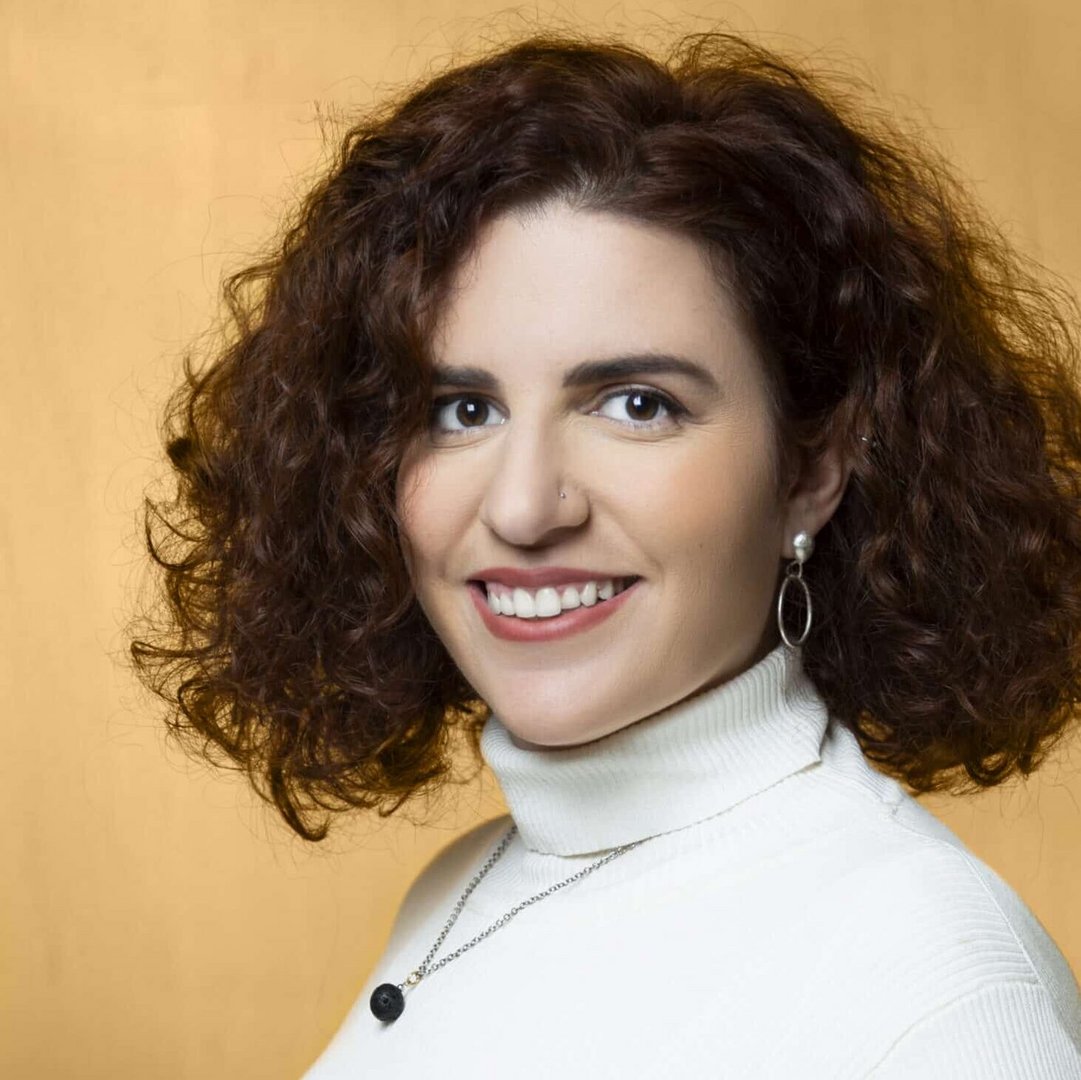
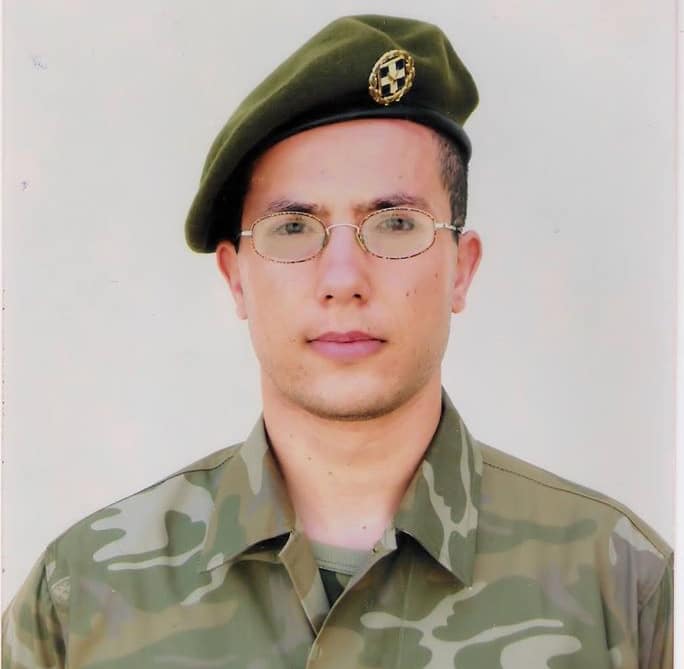
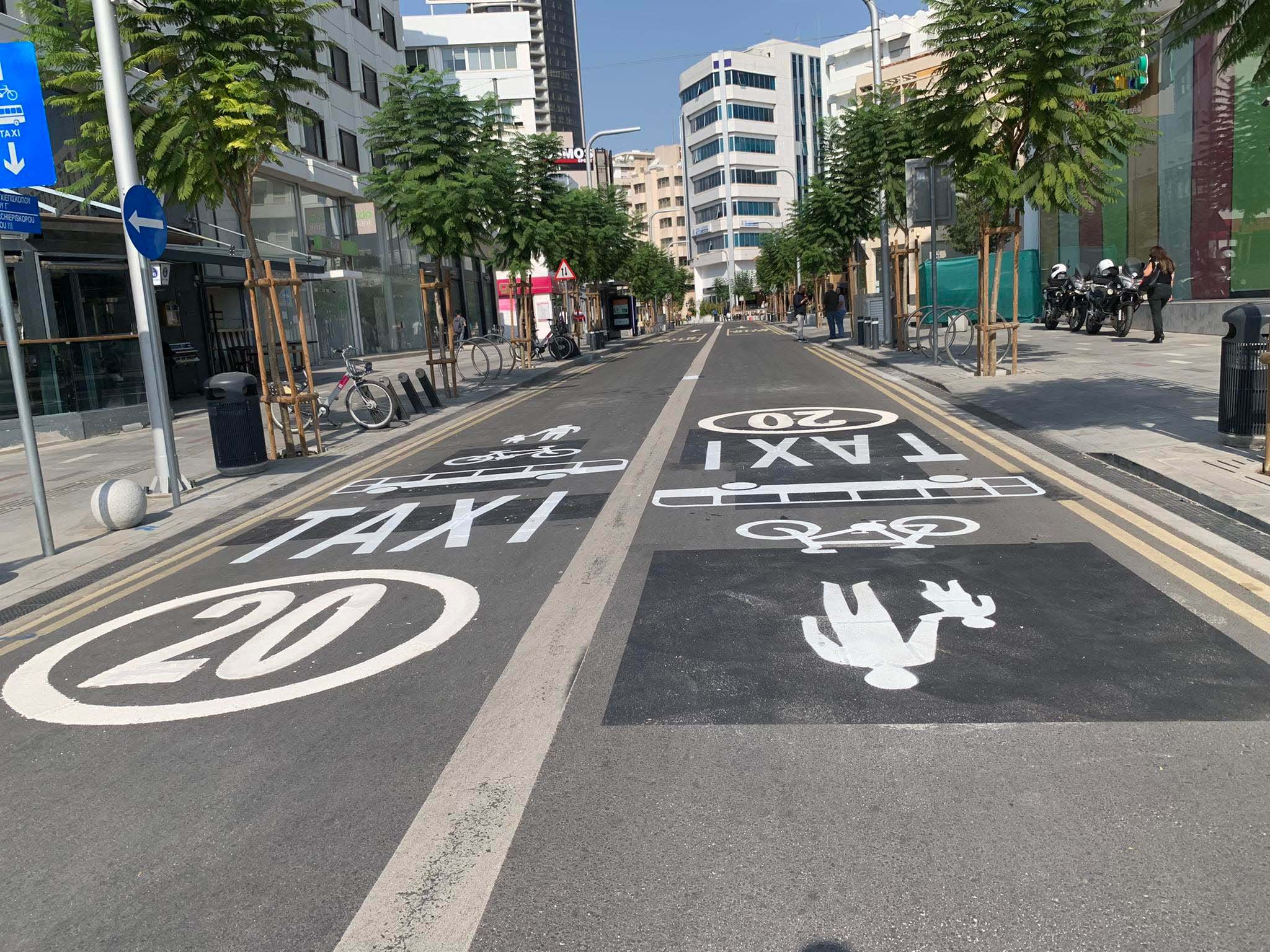
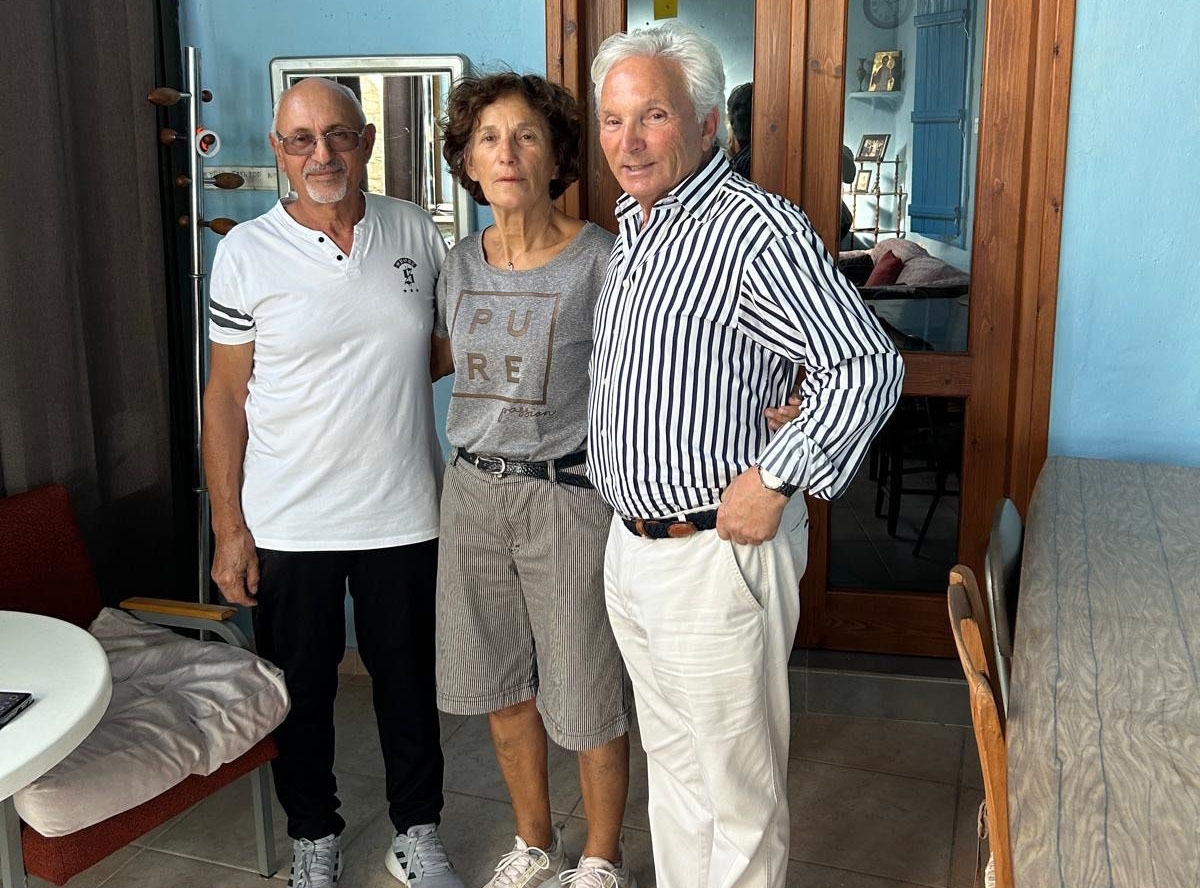
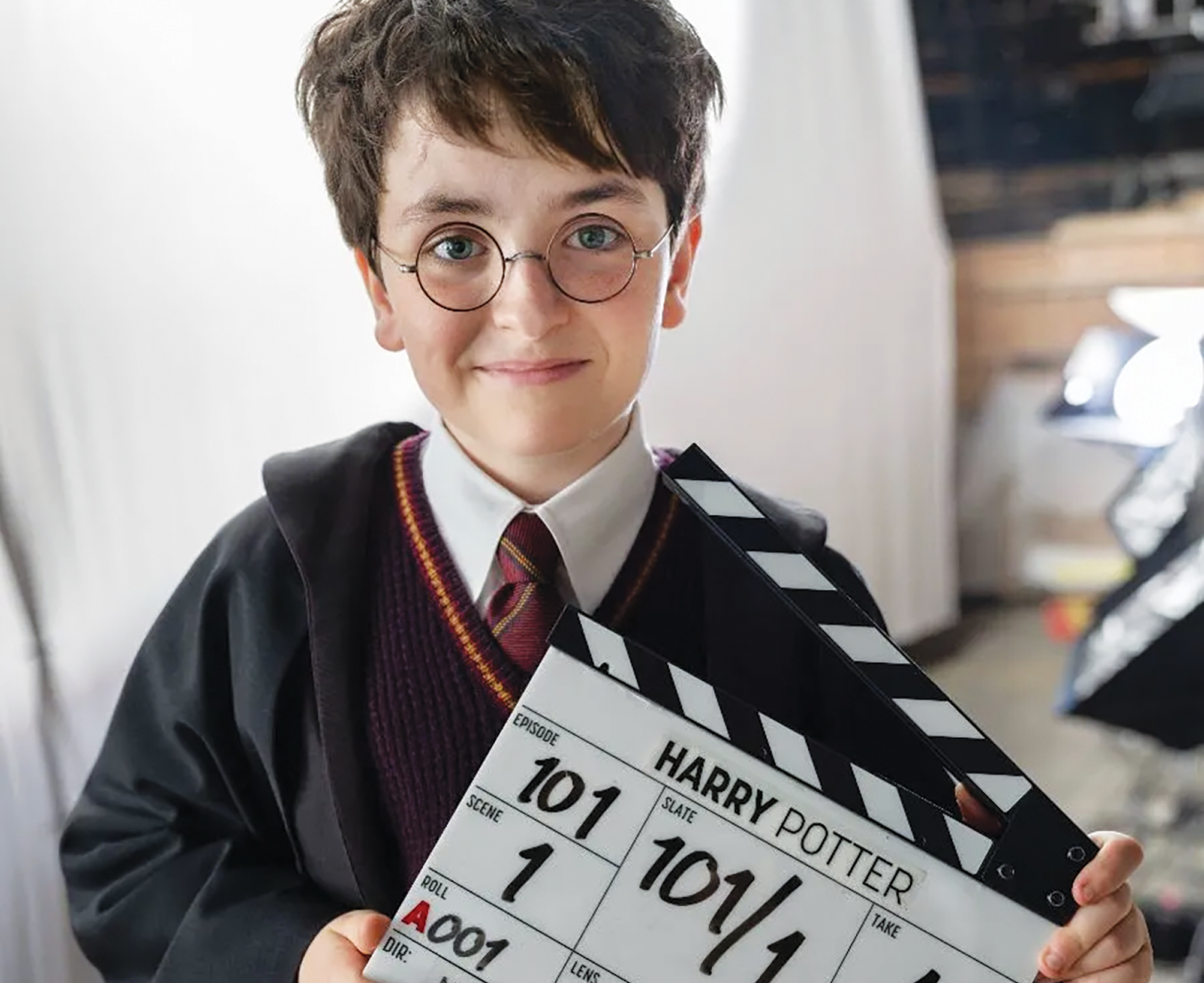
Click here to change your cookie preferences